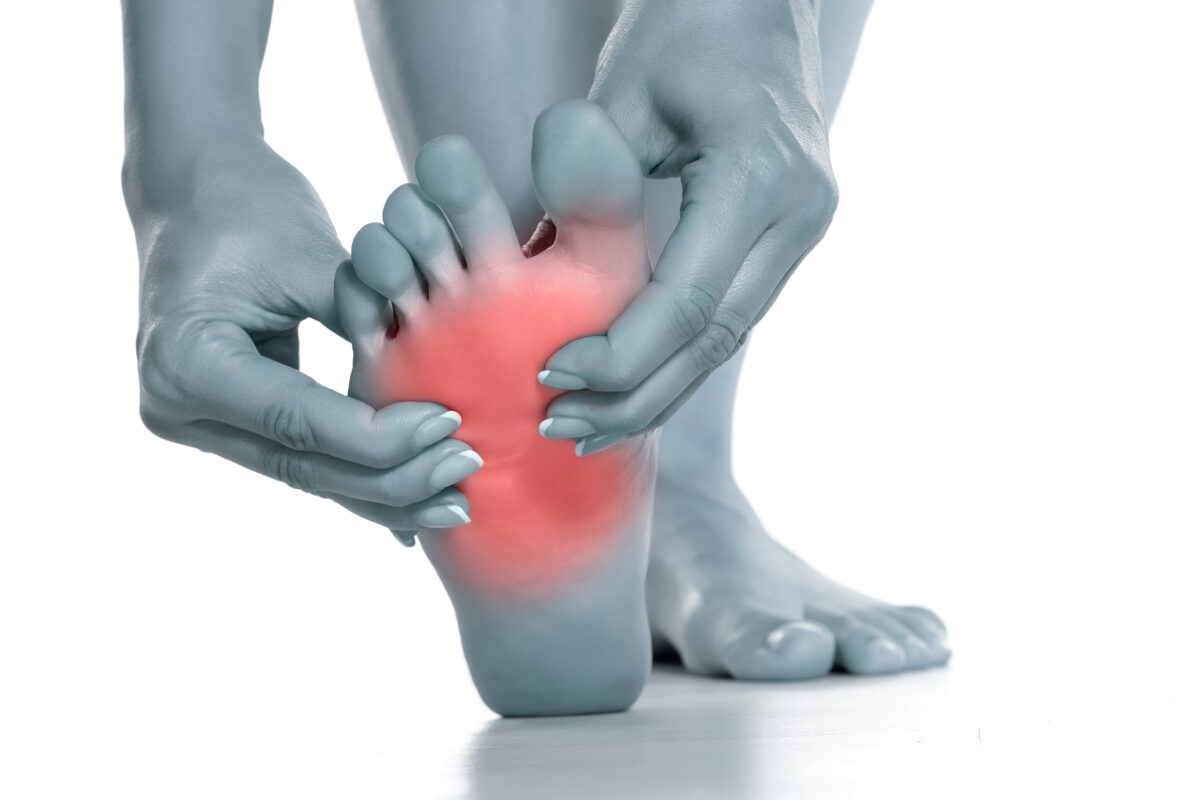What is Laser Therapy?
Laser therapy, an electrotherapy modality, is a powerful tool used in treating a wide range of acute and chronic injuries/conditions. The term LASER stands for Light Amplification by Stimulated Emission of Radiation, a technology first developed in 1960 by T. Maiman. By the 1970s, it was being successfully used in medicine for surgery and therapeutic purposes.
This innovative therapy utilizes light to trigger various biological processes within the body, stimulating healing and reducing inflammation and pain. Due to its non-invasive & non-painful nature, laser therapy is a widespread treatment within clinical settings for everything from speeding up wound healing to reducing pain, oedema, inflammation and treating ulcers.
The MLS Laser
Among the various laser models available, the MLS (Multiwave Locked System) Laser stands out. This Class 4 laser machine combines continuous and pulsed emissions to penetrate tissues deeply while minimising potential risks. This makes it an excellent choice for therapists looking to achieve significant results with minimal side effects.
How Does MLS Laser Therapy Work?
MLS Laser therapy offers both biological and systemic benefits:
Biological Effects:
- Increased ATP Synthesis: This boosts cellular energy, essential for healing.
- Modulation of Inflammatory Processes: Helps control and reduce inflammation.
- Enhanced Extracellular Matrix Remodelling: Supports tissue repair and regeneration.
- Angiogenesis and Nerve Fiber Regeneration: Promotes the growth of new blood vessels and nerve fibers.
- Stimulates endothelial function: Increases blood flow.
- Edema Reduction: Speeds up the absorption of excess fluid.
- Scar Tissue Prevention: Prevents the formation of excessive scar tissue.
Systemic Effects:
- Pain Relief (Analgesia): Reduced inflammation, oedema, and muscle spasms, along with increased endorphin production, all contribute to pain relief.
- Anti-Edemic Effect: Through vasodilation and the modulation of lymphatic capillary permeability, MLS Laser therapy effectively reduces swelling.
- Bio-Stimulation: By enhancing the supply of nutrients, oxygen, and growth factors, this therapy stimulates cellular function, energy, and muscle fiber restoration.



Case Study: Laser Therapy for Post-Surgical Recovery of a Thumb Injury
Patient Overview:
- Patient: R
- Date of Injury: 10/07/24
- Injury Details: Patient R sustained a crush injury to his left thumb after catching it between two metal sheets. The injury resulted in a potential extensor tendon injury, with an oblique wound through the base of the nail bed and a lack of extension in the thumb joint.
Initial injury & Initial Medical Intervention:
Upon admission, Mr. R received a tetanus injection and was administered IV antibiotics. Due to the nature of the injury, he underwent surgery, which included:
- ELP Tendon Insertion Injury Repair
- Washout Procedure
- K-Wire Stabilisation
- Partial Tendon Repair
- Nail Bed Repair
Post surgery
Following surgery, Mr. R was discharged the next day with oral antibiotics and painkillers. A follow-up appointment was scheduled for 15/07/24.
Introduction of Laser Therapy:
To support Mr. R’s recovery, laser therapy was introduced. This therapy aimed to reduce oedema and promote tissue regeneration through bio-stimulation. The specifics of the laser therapy application were as follows:
- Start of Laser Therapy: 30/07/24
- Frequency of Treatment: Every day for one week
- Duration of Each Session: 5 minutes
- Settings Used:
- Bio-Stimulation: focused on damaged tendon & the surgical site for pre-set time on laser
- Anti-Oedema: focused on whole thumb area and significant swelling for pre-set time on laser.
Additional information:
Pain Levels: There was a small reduction in pain, but not noticeable as the patient wasn’t in that much pain
- Range of Motion: Undetermined, as the patient wasn’t allowed to move the thumb
Results:
After one week of laser therapy, the results were as follows:
- Observed Healing Progress: The patient reported immediate benefits were reduced swelling and wound healing. The Doctors were reportedly VERY surprised and pleased at the healing rate.

Day One using MLS Day Two Day Five
Comparison after treatment

Conclusion:
The use of MLS Laser therapy in Mr. R’s case played a significant role in his post-surgical recovery. The targeted application of laser therapy not only reduced oedema but also enhanced the healing of the tendon and nail bed repair.
This case study highlights the effectiveness of laser therapy in managing complex injuries and post-surgical recovery, providing a non-invasive approach that accelerates healing and reduces discomfort for the patient.
Want to Learn More?
If you’re interested in incorporating laser therapy into your practice or learning more about its benefits, visit: https://coreelements.uk.com/electrotherapy-extension-course/
By Dawn Morse MSc (Director of Core Elements Training) and
Georgina Robinson BSc (Tutor for Core Elements Training and Sports Therapist)
Core Elements offers Sports Massage and Sports Therapy based training courses and an Injury Clinic
If you’d like to book an appointment at our Swindon based injury clinic, please Click Here
To find out more about our Electrotherapy Extension short course which covers the application of laser therapy please Click Here

